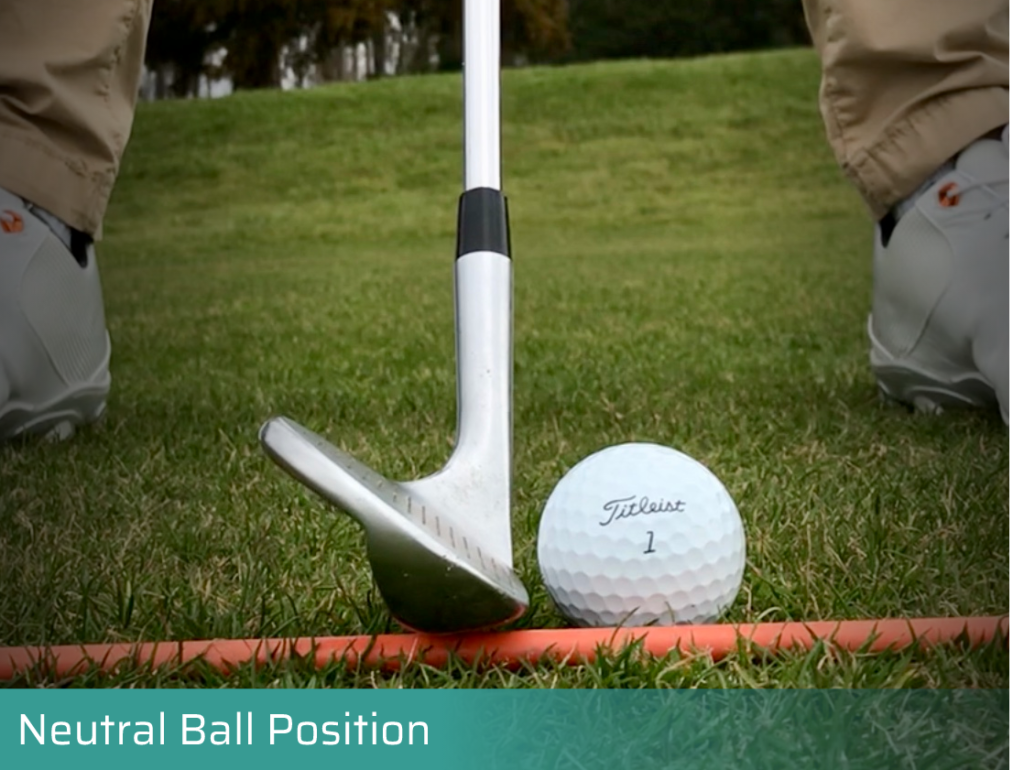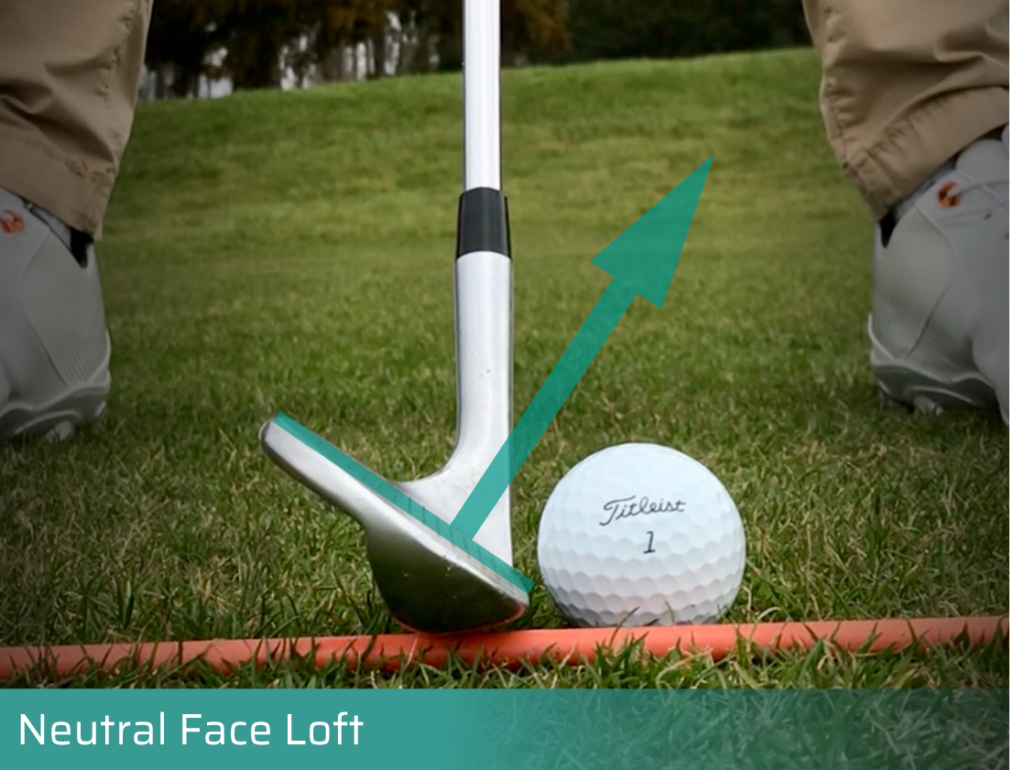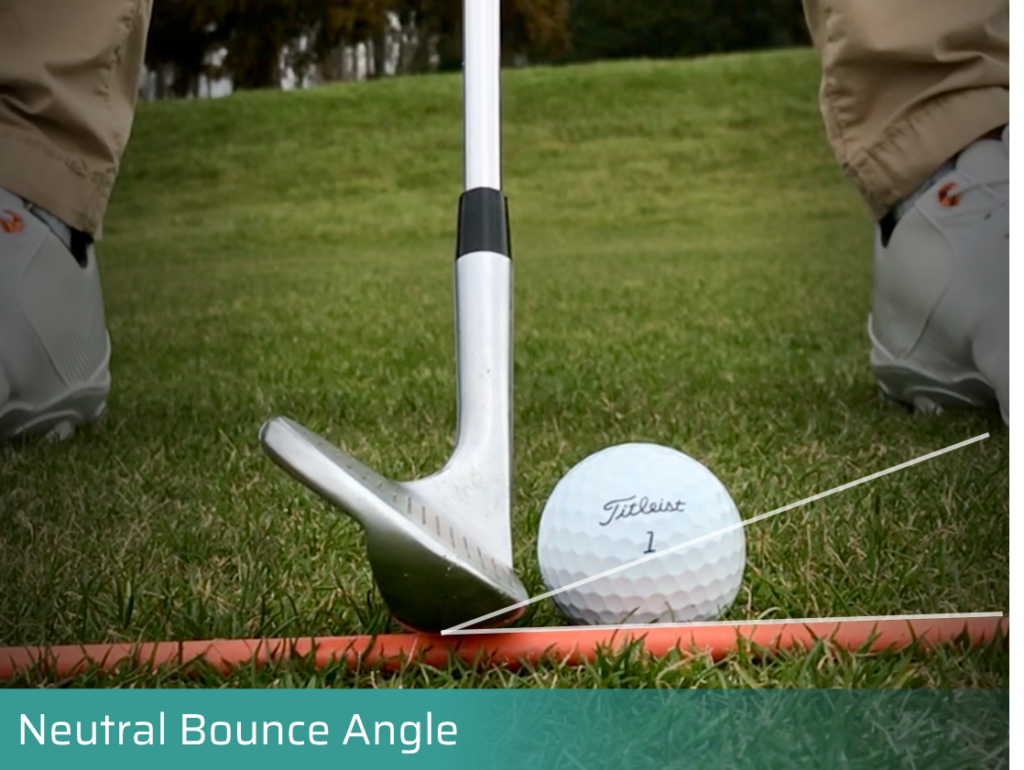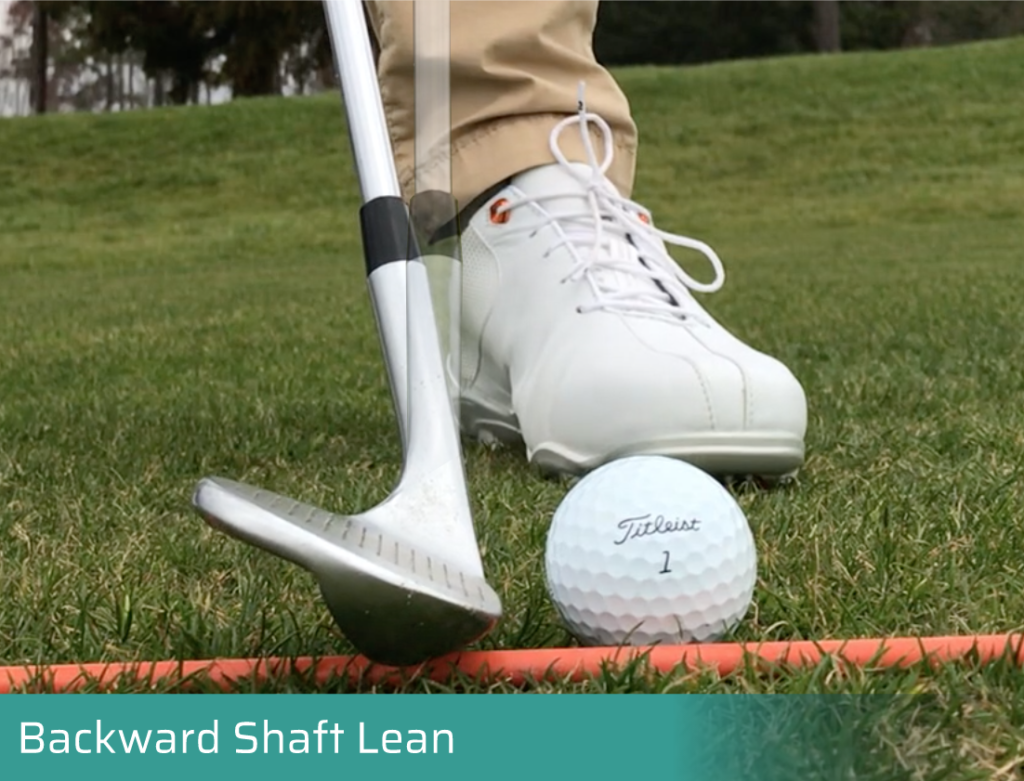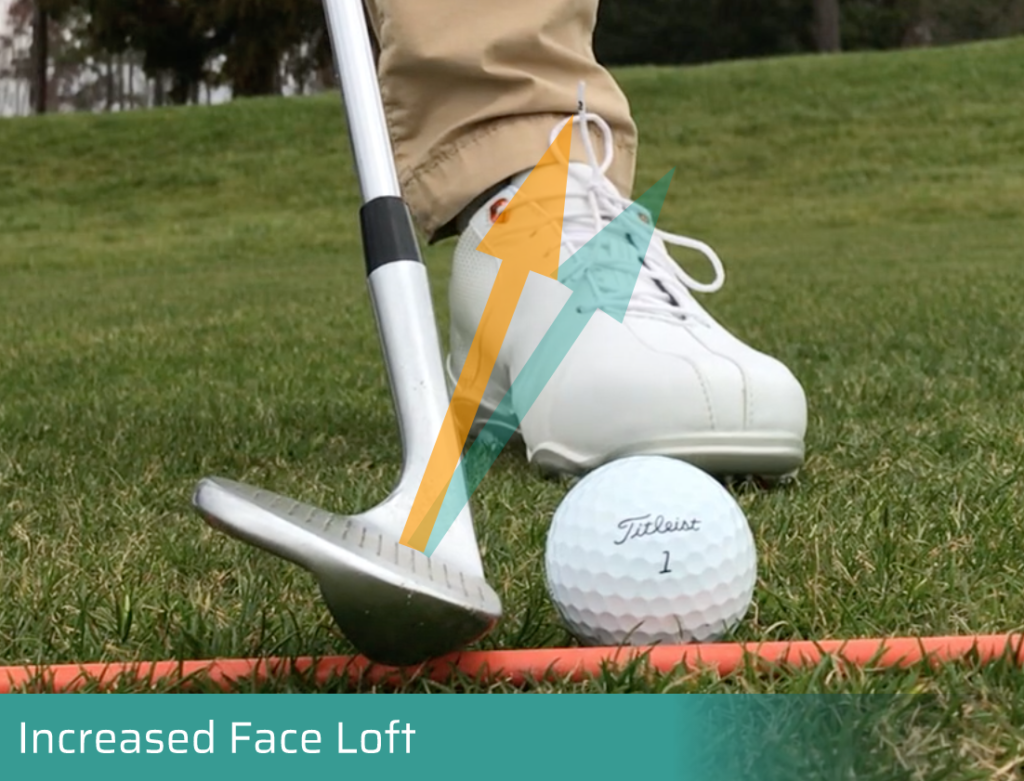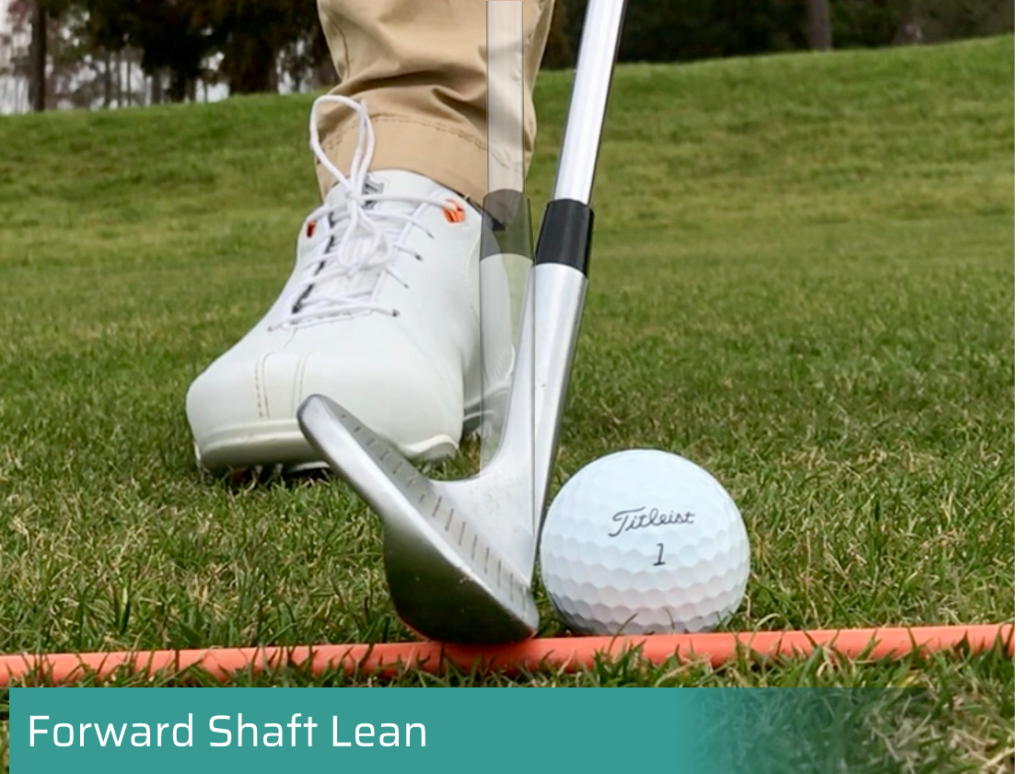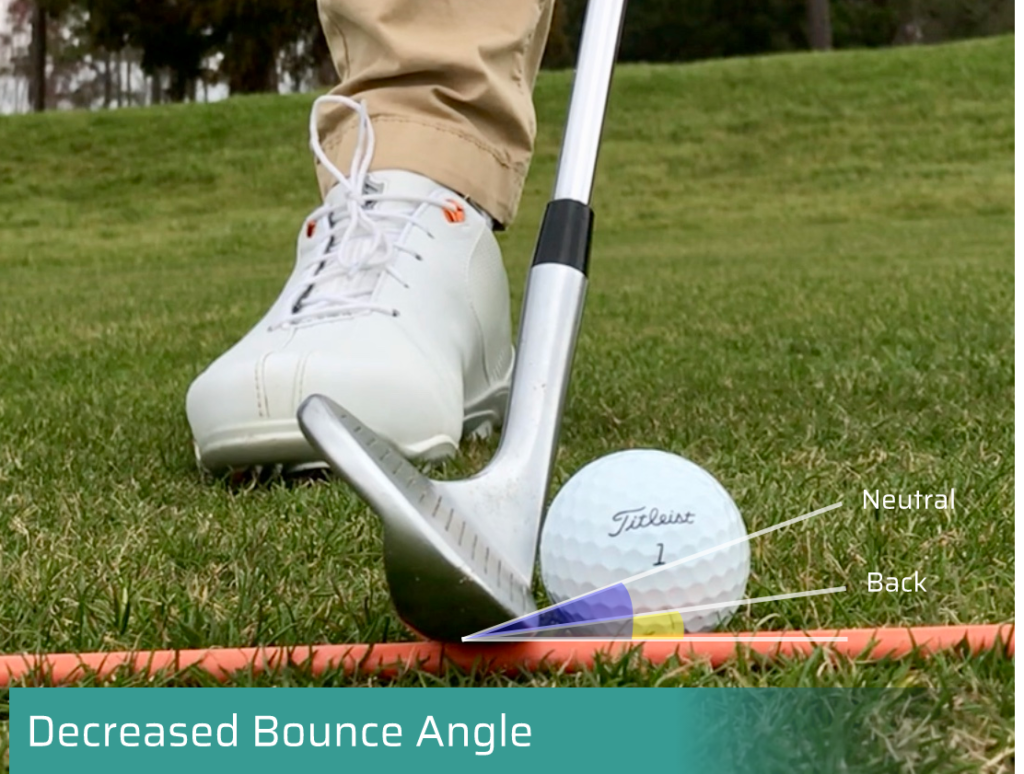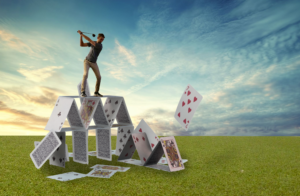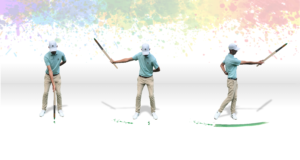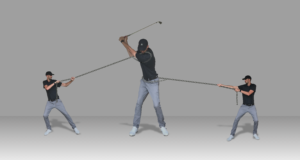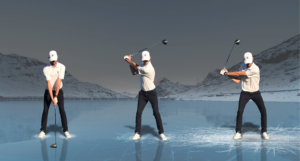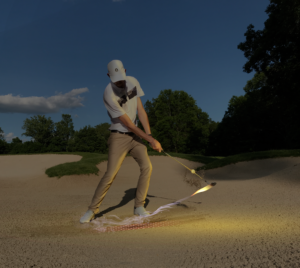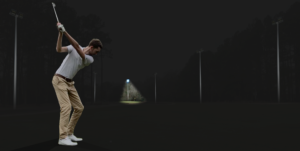How Does Ball Position Affect the Club Head
Here I will discuss how ball position affects the club head, and how this in-turn can affect our ball striking consistency.
If you have read any of my other article your have heard me emphasize the importance of club characteristics such as bounce, loft and shaft lean. These all play important roles in-swing and at impact. Both with the ball and interaction with the ground. So we need to understand how simple pre-swing adjustments can minimize any need to complicate or manipulate our in-swing motion.
So How Does The Club Change By Adjusting Our Ball Position?
This article will assume that the club head in a square position relative to the target, and the body is in a square, neutral position.
Check out this article below where I go more in-depth about how simple pre-swing adjustments with the club face can significantly change dynamics of the club head.
>> CLUB CHARACTERISTICS ARTICLE <<
When addressing the ball in a neutral position, we can assume the hand will sit below our sternum. This allows the body to be adequately balanced and to relieve tension in the arms.
So the first thing we notice by moving the ball position is how the shaft angle changes. This is important as this influences two important aspects of the club head; bounce and loft.
Ball Position Forward in the Stance
As we move the ball position forward you can see that the shaft angle begins to lean back. Now if we compare the two club head positions above, you can see how the club head changes.
Firstly we significantly increase the amount of loft present to the ball (1). This will cause the ball to launch higher and will likely increase the amount of spin on the ball. However, this can also reduce the efficiency of the ball strike. Provided we have a relatively wide, shallow angle of attack. As the face angle gets closer to horizontal, the smash factor and the momentum transferred to the golf ball reduces considerably.
The second thing we notice is how much more of the bounce is present to the ground. Now bounce is especially important with pitch shots. However, establishing too much bounce will result in the leading edge of the club moving further off the ground. This can result in the leading edge making contact closer to the equator of the ball. This can possibly cause a ‘bladed’ or ‘skulled’ strike causing the ball to fly across the green.
Ball Position Back in the Stance
An initial observation shows moving the ball back in our stance will cause the shaft to lean forward, towards the target. So how does this change the club head and what type of strikes would we expect from this position.
Firstly we have now de-lofted the club. This will cause the ball to launch lower and will reduce the amount of spin on the ball. As the face angle of the club head gets into a perpendicular position, relative to the ground, the ball is more prone to jump off the face. If the ball jumps off the face it does not interact with the grooves of the club. This is what produce the spin on the ball.
This in-turn will increase the efficiency (smash factor) of the strike. However short game requires control and feel. Therefore too much energy transfer into the ball can reduce the amount of control over the shot. So be mindful of this.
Secondly we can see the change in the bounce and leading edge. The leading edge is sitting much more ‘under’ the ball in comparison to when the ball position is forward. This is why many instructors recommend moving the ball position back. As this allows the leading edge to get under the ball and allow the club face to strike the ball.
However this adjustment has a big effect on the bounce. As you can see we have significantly reduce the amount of bounce present to the ground. This can make the leading edge susceptible to digging into the ground, resulting in a ‘chunked’ or ‘heavy’ strike. Something many players fear doing.
Summary
Clubs are designed to make your life easier. If we excessively manipulate the club characteristics at address we are most likely setting ourselves up for failure. If you do struggle with you ball striking consistency I suggest getting back to basics and improving pre-swing fundamentals.
There are other pre-swing factors that can affect ball position. Check out this article on how alignment can affect ball position.
>> Correcting Alignment Can Simplify Your Short Game <<
Learn to play with a neutral club and ball positioning order to establish consistency and confidence in your game. This will help give you a better understanding and feel of the club. From here you can experiment with different ball positions, to see what works best for you.

